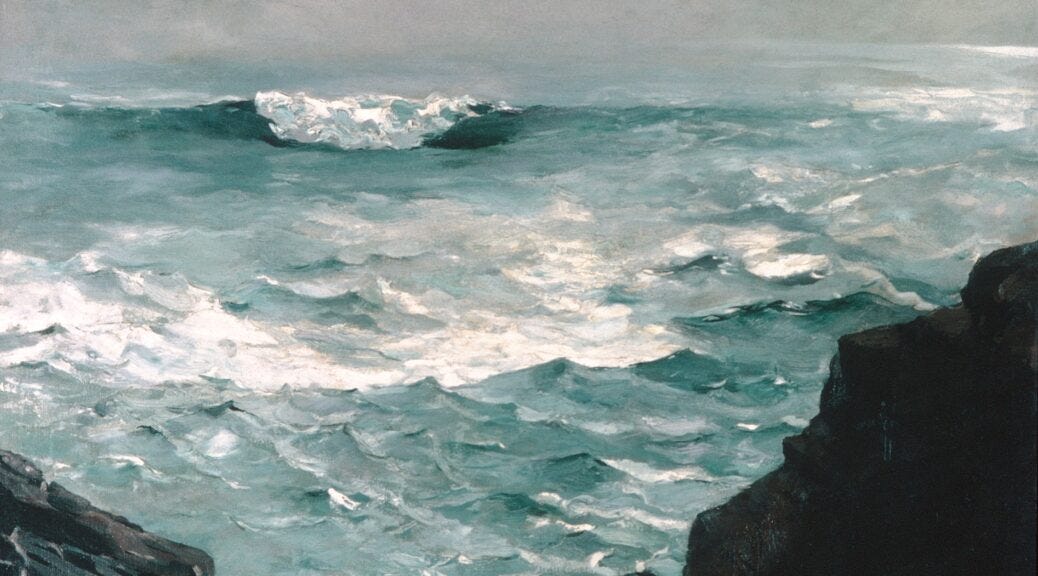Winter 2024: New Year, New Directions
Our winter issue celebrates student research on recipes of all kinds
Image: Winslow Homer, Northeaster, 1895, reworked by 1901. Metropolitan Museum of Art, OA.
It’s the new year and an ideal time to highlight cutting-edge research in the history of recipes. That’s why, this quarter, we’re spotlighting student research at both the undergraduate and graduate levels. While contributions from students have always been an important part of the Recipes Project, this is an opportunity to highlight—and celebrate—the dynamic work being done on recipes and its intersections with history, anthropology, art history, and the digital humanities.
Interdisciplinary connections and exciting methodologies are at the heart of many of our posts this quarter. Madison Clyburn recreates sixteenth-century perfume as an experiment in embodied knowing. She argues that experimental methods have valuable implications for art history, by expanding scholars’ sensory tools in analyzing visual sources. Alessandra Zinicola Lopez charts her critical making process in ‘gamifying’ an 1864 cookbook published during the American Civil War. Both researchers foreground students’ engagement with exciting new methodologies and processes, currently taking place in institutions around the world.
This Winter’s research also points to the centrality of community in both historical and contemporary understandings of recipes. For the past, Sara de Blas Hernández shows how female-authored cookbooks in eighteenth-century Spain constituted a “community of practice” in which women exchanged knowledge and skills. Meanwhile, Haritha Govindstudies Punjabi-Mexican communities in early twentieth-century California to explore how culinary practices remained distinct, despite the blending of families, backgrounds, and traditions. For the present, Grace Palmer offers a contemporary example of community building via her work with an organic farm in north-east England to reimagine early modern recipes for local customers. Florence Swan discusses her collaboration with a Newcastle restaurant to recreate ale pastry in a process that highlights “culinary creativity and knowhow.” As our authors demonstrate, recipes support connection, build bridges, and create a sense of belonging among historical actors, but also people working with and thinking about recipes today.
We hope you enjoy these compelling posts as much as we did, as we celebrate the history—and the future—of recipes.
Check out our first posts in this issue, by Sara de Bias Hernández and Alessandra Zinicola Lopez, and be sure to check back every Thursday for the next four weeks for more!




